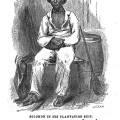Robert Smalls: From slave to congressman
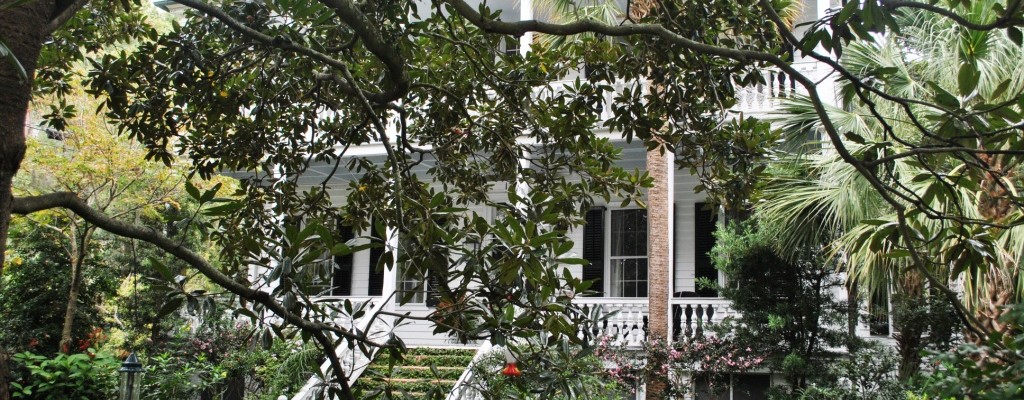
On the 5th of April 1839, Robert Smalls entered the world. In a few short decades, he rewrote history as a politician, a family man, and a soldier. Everything he did was considered impossible when he was born. Robert Smalls arrived in the world as a slave.
Childhood
Mulatto, Robert Smalls was probably the son of his owner’s son. Or maybe the son of his owner, John McKee. Or the property manager. No one really knows who his father was, but the strongest hints point to him being the son of one of the McKees. Smalls’ mother, Lydia Polite, wasn’t happy with the preferential treatment her son received. Although she also served in the house, as a child she worked in the fields on the Sea Islands. At age 9, she was taken away from her parents. Lydia wanted her son to understand how slaves suffered. She asked to have him watch the whipping post and work in the fields.
The experience woke a rebellious streak in Robert’s character. He soon found himself in and out of jail in Beaufort for his unruly behavior. Lydia requested that he be sent to Charleston and rented out for work. Her request was granted.

Photo of a slave who was whipped in Louisiana. Whipping was a common punishment, one Robert Smalls witnessed many times.
Adolescence
As a teen, Robert moved to the McKee’s Charleston home in 1851. He was rented to employers in Charleston and grew to know the city well. Within a few short years he established himself as knowing the harbor better than anyone; his navigation skills were unparalleled. Smalls’ jobs in the harbor included lamplighter, stevedore, sail maker, rigger, navigator, sailor, and foreman. He was perfectly trained for the position of captain. It was a rank he couldn’t hope to hold as a slave.
Under an agreement with his owners, Smalls kept a very small portion of his pay. This allowed him to amass a small savings. That would soon come in hand, as at age 17 he met, fell in love with, and married Hannah Jones. The couple rented an apartment in the city and sent the bulk of their earnings to their owners each month.
Family Man
Hannah already had a child when she married Robert Smalls. Soon after the wedding, they added more children to the family. Smalls was eager to establish their independence and to provide a better living for his wife and children. He asked Hannah’s owner if he could purchase his family. Smalls had $100 saved.
The owner replied favorably, but that it would cost Smalls $800. At his current wage, he would never be able to afford to buy his family. In order to raise funds, he saved what little he did make and bought sweets that he then sold on the docks during his free time. According to his great, great grandson William Moore, he eventually was able to buy his family out of slavery, but still yearned for one thing he couldn’t grant himself – true freedom.
By the time the Civil War started, Smalls was working aboard a cotton steamer, the CSS Planter. Nearby Fort Sumter was captured by the Confederate Army at the start of the war, and the ship was made into a war vessel, complete with one of Ft. Sumter’s old guns. Robert Smalls bore a striking resemblance to the captain – they were roughly the same size and build. The similarity in all but skin tone was often joked about by the ship’s crew, especially considering the level of trust Captain Relyea put in Smalls and the fact that Smalls often did the work that a ship’s captain would normally do.
That similarity would soon change the future of the United States.
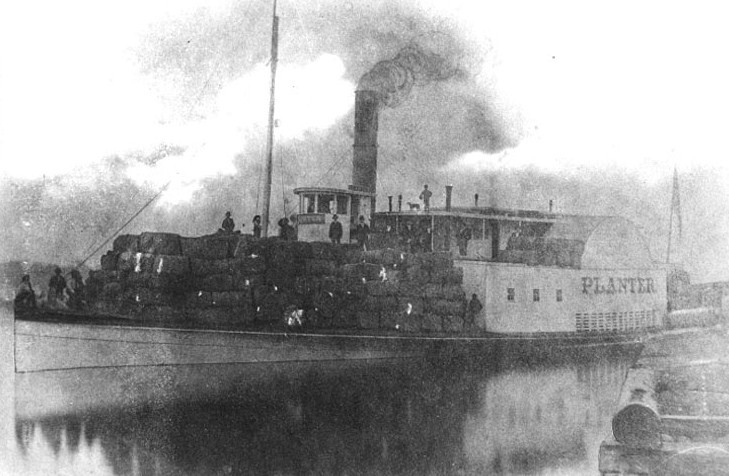
The Planter, a ship that followed Robert Smalls through life.
Soldier and Captain
At 4AM on May 13th, 1862, Robert Smalls alerted the slave crew of the Planter to a change of plans. With the officers on shore for the night, it was now or never. Smalls had mastered the steam signals necessary to leave the Charleston harbor and outside lay a Union blockade. Freedom, finally, was in reach.
The boat quietly slipped out of the harbor, stopping once to pick up Smalls’ family and the families of the other slaves on board. Everyone knew that capture would mean painful torture and an excruciatingly violent death. They agreed to keep that from happening by lining the boat with dynamite and staying at the ready. If capture seemed imminent, they would blow themselves up. This mission was ‘do, or die’.
Five guard stations stood between the escaping slaves and freedom, the last of which was the famous Ft. Sumter. At each station, armed guards stood watch, ready for a battle at all times. The tensions was palpable. A chance at a new life lay just beyond the harbor’s edge, but would they reach it? Would they be found out?
At the first guard station, Smalls donned the captain’s hat and cloak. It was dark, and he looked every bit the part. Sounding the steam whistle of the boat, the Planter was allowed to pass. The same happened at each guard station, until the boat was about to leave the harbor. They had followed the standard course of all Confederate ships while in the harbor, but at its edge, they sharply turned and began a direct course towards the Union blockade.
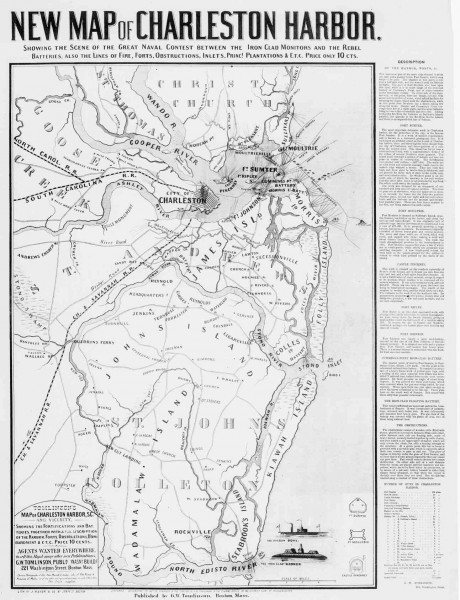
An 1863 map of Charleston Harbor. Robert Smalls knew how to navigate the harbor better than anyone.
The Confederate Army realized the ruse, but it was too late. As the Confederates fired cannonballs at them from behind, Smalls’s wife hung a white bed sheet in place of the Confederate flag. It was nearly dawn, and difficult to see. In front of them, the USS Onward prepared to fire. The Union ship couldn’t see the white flag of surrender, and thought a Confederate ship was launching an attack.
And then, caught between two sides that saw them as the enemy, Smalls and his companions were saved by the light of dawn.
According to an eyewitness quoted in The Negro’s Civil War by James McPherson,
“Just as No. 3 port gun was being elevated, someone cried out, ‘I see something that looks like a white flag’; and true enough there was something flying on the steamer that would have been white by application of soap and water. As she neared us, we looked in vain for the face of a white man. When they discovered that we would not fire on them, there was a rush of contrabands out on her deck, some dancing, some singing, whistling, jumping; and others stood looking towards Fort Sumter, and muttering all sorts of maledictions against it, and ‘de heart of de Souf,’ generally. As the steamer came near, and under the stern of the Onward, one of the Colored men stepped forward, and taking off his hat, shouted, ‘Good morning, sir! I’ve brought you some of the old United States guns, sir!’”
That man was Robert Smalls.
As recompense for his efforts, Smalls and his crew were paid a portion of the ship’s value – less than what the law demanded, but more than enough for he and his family to live comfortably wherever they chose.
Instead of settling into a relaxed and secure home in the North, Smalls met with President Lincoln and Secretary of War Edwin Stanton. His mission? To beg the Union’s leaders to allow black men to enlist. He succeeded, and some claim Smalls even recruited more than 5,000 black soldiers personally.
Robert Smalls excelled as a solider. He participated in at least 17 military actions, and once, when up against the Confederates at Fort Sumter, Smalls assumed command of the Planter (which was rechristened the USS Planter at this point) while her white captain cowered in fear in the coal bin. As a result, he was promoted to the position of captain. Smalls’ pay, once a measly dollar upon occasion, was now $150 per month. He was one of the highest-paid black soldiers in the Union Army.
According to House.gov,
“Smalls’ public career began during the war. He joined free black delegates to the 1864 Republican National Convention, the first of seven total conventions he attended as a delegate. While awaiting repairs to the Planter, Smalls was removed from an all–white streetcar in Philadelphia on December 30, 1864. In the following months, his celebrity allowed him to lead one of the first mass boycotts of segregated public transportation. A city law finally permitted integrated streetcars in 1867.”
Robert Smalls had discovered another way to make a lasting impact on his country. Politics.
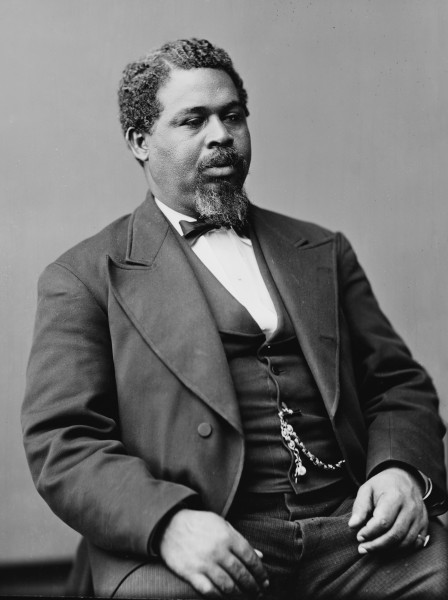
Congressman Robert Smalls
A Gentleman and a Politician
When the war ended, Smalls was onboard the Planter in the Charleston harbor. It was the kind of storybook ending we all hope will happen in our lives, but it gets better. With the small fortune he’d been paid in exchange for turning over the Planter, Smalls purchased his former owner’s home. Convinced of the value of a good education, he hired tutors to teach him to read and write eloquently. One came in the mornings, another in the evenings. Education was something Smalls cared deeply about.
Robert Smalls was an active citizen. He published a newspaper, opened stores, joined the South Carolina militia, and defined the idea of the American success story. But he also had a heart.
One day, Mrs. McKee, the wife of his former owner, showed up at his door. She was elderly, alone, and mentally ill. In her mind, the house still belonged to her. Smalls could have turned her away, but instead, he opened his home to her. He allowed her to sleep in the master bedroom and preserve the illusion that it was still ‘her’ home. This, and many more of his actions, show Smalls’ compassion for others.
That compassion, combined with his passion for education and improving the lives of those around him, drove Robert Smalls to a career in politics. He began at the state level, running for and winning the senate seat for his district in South Carolina. Smalls helped the Republican party of South Carolina to grow, and pushed for the creation of public education in the state. In some ways, he is considered the father of public education as a result.
From the state congress, Smalls could make changes, but not enough. He pursued a higher seat – one that would allow him to impact the nation. Despite attempts by the Democratic party to dissuade him and false accusations that he had accepted a bribe of $5,000 while in the state senate, Smalls sought a seat in the U.S. Congress. Robert Smalls served as a United States congressman for five nonconsecutive terms, from 1874-1886.
In 1883, towards the end of Smalls’ career as a Congressman, his wife Hannah died. He married again in 1890 and had one son with his new wife, Annie. Unfortunately, Smalls was soon widowed a second time. In 1895, Annie also died.

Parris Island owes its existence to Robert Smalls.
A Quiet End
In the same year that Smalls’ second wife died, South Carolina revised the state constitution. Blacks lost the right to vote, but Robert Smalls continued to fight for a better world. During Republican presidential administrations, he was repeatedly appointed collector in Beaufort. Racial relations were becoming more difficult, however. Smalls held the position of collector off and on from 1889-1913, and in-between terms, led a quiet life.
On February 22nd 1915, he died of natural causes in the same house that he was born into in 1839. Robert Smalls believed in hope. He broke boundaries, created new dreams for the freed slaves of his generation, and redefined education, politics, and public protest. His name is all too often forgotten, but his impact is still felt today. It shows in the Parris Island training facility used by the Marines – one that he proposed. It’s demonstrated in the repetition of his public transportation protest that immortalized Rosa Parks, and it’s felt in the presence of the USAV MG Robert Smalls (he reached the rank of Major General), an army ship named in his honor.
Robert Smalls started life as a slave, and redefined what was possible by believing in a better future. The USS Planter, which accompanied him for most of his most daring adventures, was rediscovered in 2014, off the coast of Cape Romain.





